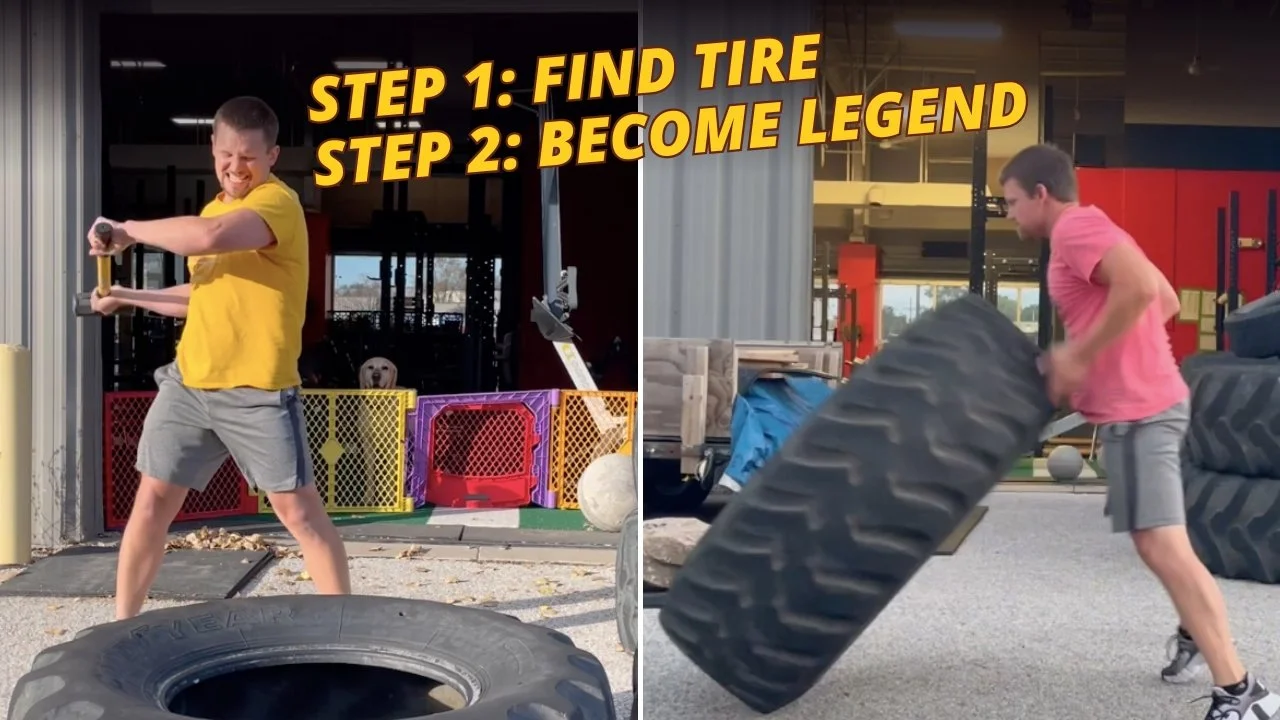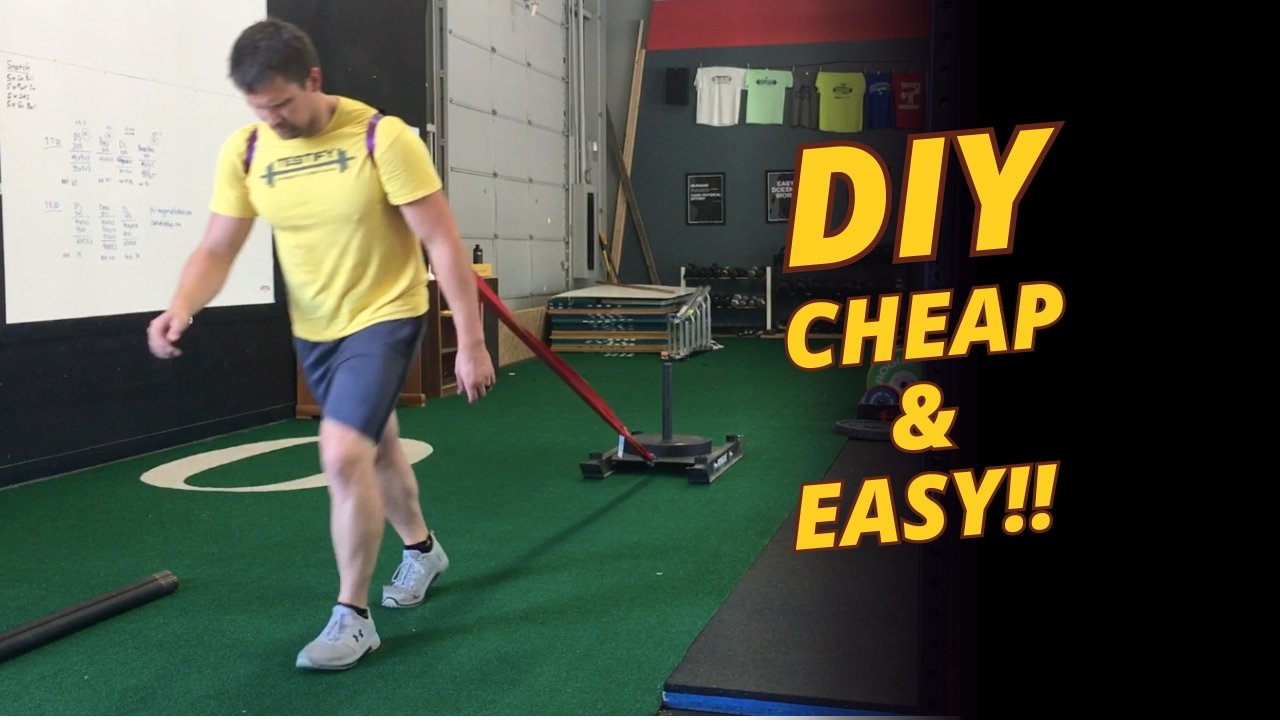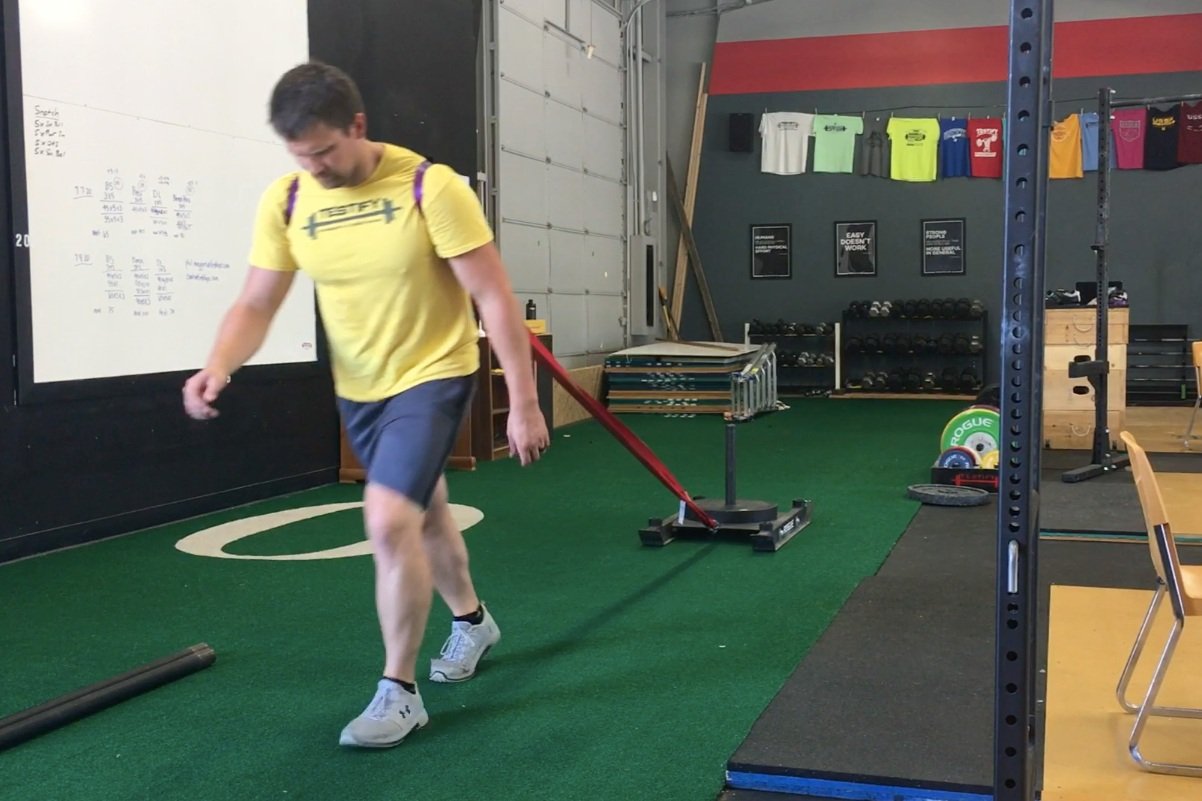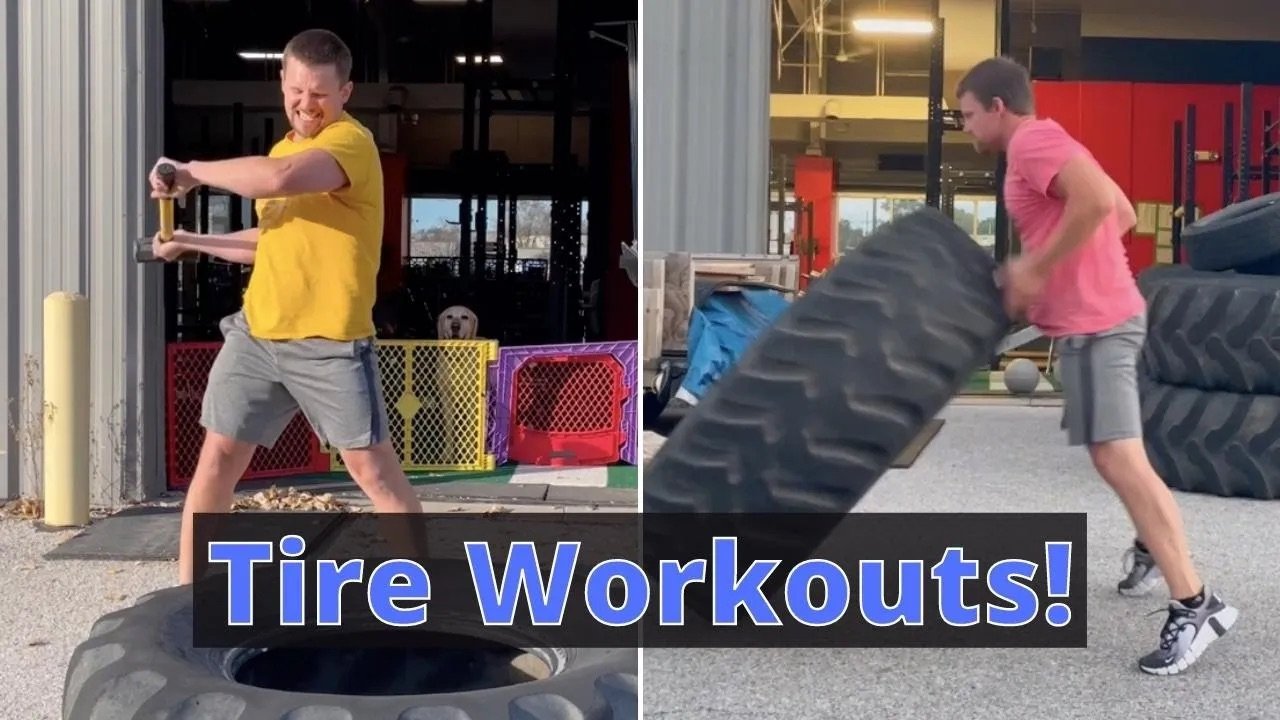Warning: Tire Conditioning May Cause Unstoppable Swagger
/(A Blast from the Past article originally posted on 06/30/23)
Tires can provide you with some great conditioning options - whether you're using large tires (e.g., tractor tires) for tire flips and sledgehammer strikes or you’re using smaller tires for something like a sled pull. Also, they are generally free; it costs money to recycle tires, so if you contact a tire dealership, you can typically get a tire or twelve for free.
And - let’s not forget - it looks cool.
With this in mind, let’s cover a few easy-to-implement conditioning options - although not easy to do, mind you - that involve tires and sometimes a few other simple tools. You’ll see these options in action in the included video as well:
Option 1
5-10 rounds:
30 sec tire flips (as many as possible)
30 sec rest
Get a tire that’s heavy and challenging to flip and flip it for as many times as you can in 30 seconds. Then rest 30 seconds. Repeat this process for a total of 5-10 rounds.
Option 2
5-10 rounds:
10 sledgehammer strikes (5 left, 5 right)
100 ft sled push (50 ft down-back)
1 minute rest
You’ll need a sledgehammer for this workout, and if you don’t already have one, you can easily get one at your local hardware store. You’ll also need a sled (or prowler) to push. If you don’t have a sled, you can drag a small tire instead (see Option 3).
For this option, perform 10 sledgehammer strikes - 5 from the left side and 5 from the right side - and then push the sled a total of 100 ft (50 ft down, turn around, and then 50 ft back). Then rest 1 minute. Again, repeat this for 5-10 rounds.
Option 3
10-20 rounds:
50 yd tire drag (25 yd down-back)
1 min rest
To drag a tire, insert a few eyebolts into a small tire, hook a tow recovery strap up to the eyebolts, and then place some weights inside the tire. You can drag the tire by walking forward or backward.
Scaling Up
Over time, you can increase the difficulty of any of these options by doing one or more of the following:
Using a larger tire for tire flips
Adding weight to the sled (for sled pushes) or tire (for tire drags)
Reducing the rest time
Increasing the number of rounds
As always, we hope this helps you get stronger - or at least better conditioned - and live better.
-Phil
PS: Whenever you want even more Testify in your life, here are some free resources:
Book a free intro and strategy session with us HERE.
Pick up a free copy of Testify’s Squat Guide: 12 Tips to Improve Your Squat Now HERE.
Get our free weekly email - containing useful videos, articles, and training tips - HERE.
Follow Testify on Instagram HERE.
Subscribe to Testify’s YouTube channel HERE.
(Some links may be affiliate links. As an Amazon Associate, Testify earns from qualifying purchases.)




